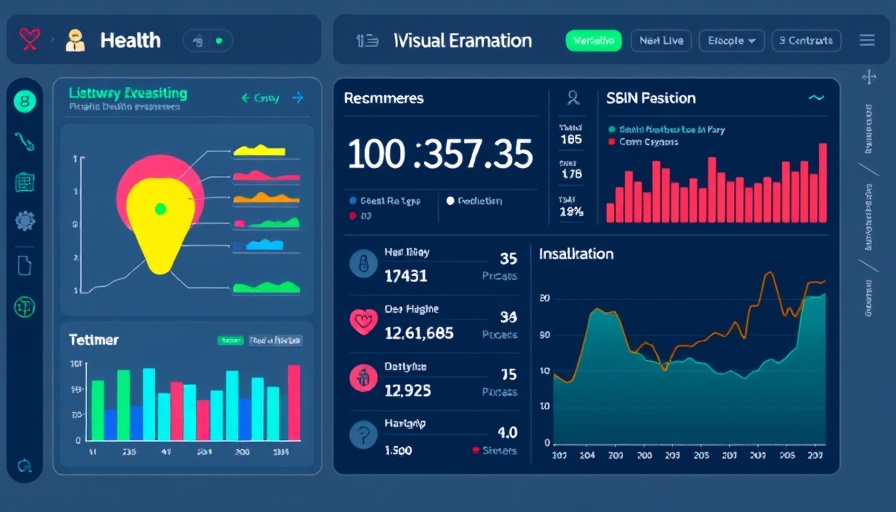
Evaluating Health Language Models: The Importance of Efficiency
In today’s digital world, health language models are becoming increasingly relevant. They offer promising avenues for analyzing and interpreting complex health data, enabling personalized feedback based on a person's unique health information. However, traditional methods for evaluating these models have proven cumbersome and costly, particularly in the intricate field of health. This is where newly developed scalable frameworks come into play, providing what could be a game-changer in healthcare technology.
Introducing the Adaptive Precise Boolean Rubric Framework
At the heart of this new approach is the Adaptive Precise Boolean rubric, which aims to streamline the evaluation process for health language models. Unlike previous methodologies that depended heavily on human experts—often leading to inconsistencies and biases—this framework uses a simplified binary question format. By transitioning from complex open-ended evaluations to straightforward yes/no responses, evaluators can minimize biases and improve reliability across assessments.
Benefits for Small and Medium-Sized Businesses
For small and medium-sized businesses in the health sector, implementing such frameworks can significantly reduce time and costs associated with model evaluation. By enhancing inter-rater reliability, businesses can trust the insights obtained from language models, ultimately leading to better decision-making and improved patient outcomes. This not only streamlines operations but also allows companies to allocate resources more effectively—an essential factor for smaller organizations.
Real-World Applications: Metabolic Health
To validate this adaptive rubric framework, researchers focused on the metabolic health field, which encompasses critical areas like diabetes, cardiovascular diseases, and obesity. With wearable technologies and a set of representative health queries, businesses can collect pertinent data, evaluate responses, and refine their models for specific health scenarios. The implications for businesses are profound, as this approach can lead to more reliable health interventions tailored to individual needs.
Future Predictions: Where Is This Technology Heading?
As technology continues to advance, the demand for efficient health data evaluation frameworks like the Adaptive Precise Boolean rubric is likely to grow. In the coming years, we can expect to see this approach being adopted more widely across various domains of health tech. The evolution of AI-driven health insights is paving the way for customizable and accurate patient care strategies that could significantly enhance preventive healthcare and disease management.
Navigating the Challenges of AI Bias in Health
While the benefits of AI in health evaluation are significant, businesses must remain vigilant regarding the risks associated with bias in data. If not properly managed, the algorithms governing these language models may reflect existing societal biases in healthcare. It is crucial for companies to approach AI with a mindset that promotes fairness and accountability, ensuring equitable healthcare solutions for all consumers.
Key Takeaways: What Businesses Should Remember
Here are a few takeaways for small and medium-sized businesses considering the integration of innovative evaluation frameworks:
- Streamlined Evaluation: Transitioning to adaptive rubrics reduces evaluation time and costs.
- Improved Outcomes: More reliable assessments lead to better healthcare decisions.
- Bias Management: Companies must be proactive in navigating AI bias to promote equitable healthcare.
As technology continues to evolve, adopting adaptive frameworks not only enhances the efficiency of health model evaluations but also empowers businesses to foster a culture of innovation and accountability in their services.
For organizations looking to thrive in the competitive health landscape, understanding these modern methodologies can provide a unique advantage. Implementing Adaptive Precise Boolean rubrics may be a strategic step toward building a more sustainable and effective health-focused business.
It's clear that the integration of efficient evaluation frameworks is not just a trend but a necessity for future health innovations. As businesses navigate this shifting landscape, the onus remains on them to embrace new methodologies that prioritize not only effectiveness but also inclusivity in health technologies. This approach promises not just short-term gains but long-term advancements in how we understand and approach health.
 Add Row
Add Row  Add
Add 



Write A Comment